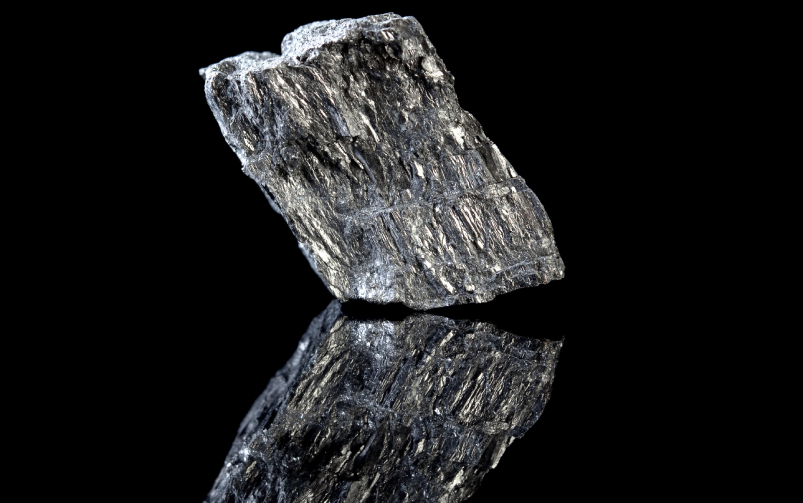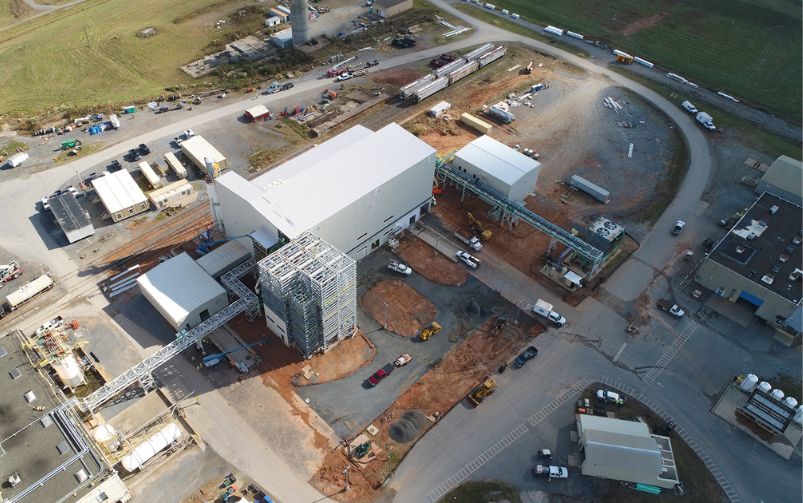Pathways Alliance is proposing to build a carbon capture and storage network in Alberta, which would transport captured CO2 from oil sands projects to a planned storage hub. Courtesy of Pathways Alliance.
Welcome back to your weekly mining news recap, where we catch you up on some of the news you may have missed. This week’s headlines include new updates on the Fortescue executive exodus, trouble for Glencore’s environmental progress report and preliminary study results for FPX’s US$2.2 billion proposed B.C. nickel mine.
Pathways Alliance, a coalition of the six largest Canadian oil and gas producers, is having trouble securing risk mitigation deals for carbon capture and storage projects, as reported by Reuters. Thus far, the Canadian government has been hesitant to provide carbon credit price guarantees, one form of de-risking carbon capture, given the high cost and risk of the proposed projects.
Addressing skills gaps with training and rotational programs is one method that is critical to boosting Indigenous recruitment in the mining industry, according to a recent webinar hosted by the CIM Diversity and Inclusion Advisory Committee. Other keys to promoting Indigenous participation in the mining workforce include ensuring cultural awareness in hiring processes, employing social-work-trained HR staff at mine sites and making personal connections in local communities. Indigenous people make up 7.6 per cent of the Canadian mining workforce and earn an average salary of $93,600, almost double what they make in other industries.
New comments from Fortescue Metals Group Ltd. founder and current executive chairman Andrew Forrest have shed some light on last week’s dramatic departure of several high-level executives, including recently appointed CEO Fiona Hicks, as reported by Bloomberg. “They were good people, but we need constant alignment of interest,” Forrest said, referencing Fortescue’s major push into green energy, and away from its traditional iron ore business.
Blackrock Inc., which holds more than six per cent of Glencore’s stock, rejected the mining company’s climate progress report at its annual meeting back in May, as reported by Reuters. However, it abstained from supporting a shareholder resolution that lobbied for more disclosure on Glencore’s plan to scale back its production of thermal coal. Glencore plans to close several coal mines by 2035 but will continue mining coal until the mid-2040s.
FPX Nickel Corp. released a preliminary feasibility study for its Baptiste nickel project in central British Columbia, which pegged the net present value of the project at US$2 billion, as reported by the Northern Miner. The study estimates a base case of 29 years of operation at an average output of 59,100 tonnes of 60 per cent nickel concentrate annually, with lower emissions per tonne than 90 per cent of nickel on the global market. Construction would start in 2028, with the first nickel output coming in late 2030.
Alamos Gold’s Phase 3+ expansion to its Island Gold mine in Ontario, which is currently under way, will double mine production to 2,400 tonnes per day by 2026 and reduce the lifetime carbon output of the mine by 35 per cent, wrote Ailbhe Goodbody in the August issue of CIM Magazine. Alamos is replacing Island Gold’s ramp system with new shaft infrastructure, which is anticipated to be completed in 2026.
First Quantum Minerals’ deal with the Panamanian government over taxes and royalties for its Cobre Panama copper mine is being debated in the country’s national assembly, as reported by the Canadian Mining Journal. Although supported by the government and business community, the deal has faced protests and accusations of insufficient consultation with local communities. Under the new deal signed in March after months of back-and-forth negotiations, the company would pay US$375 million per year, enabling the mine to continue operating for another 20 years with the possibility of an additional 20-year term.
Green Technology Metals, an Australian miner developing lithium resources in northwestern Ontario, has finalized an offtake deal with Korean battery maker LG Energy Solution, as reported by Northern Ontario Business. Green Technology will send LG a quarter of its Seymour project’s spodumene concentrate over five years in exchange for A$20 million in equity investment. In addition to the Seymour project, for which Green Technology has not yet released a preliminary economic assessment or feasibility study, the miner also plans to build a battery-grade lithium processing plant in Thunder Bay for the North American electric vehicle market.
The Mining Innovation Commercialization Accelerator (MICA) Network, a government innovation fund, has awarded SightPower Inc. $612,000 in funding to develop an AI-based automated mine shaft inspection system. The system will use laser scanners and high-definition cameras to produce a digital twin of the mine shaft, which will be inspected using AI. SightPower claims the technology will streamline processes and yield safer results than stopping mine operations for a 4-12 hour weekly manual inspection.
Energy conservation is still the most cost-effective decarbonization strategy available to mining companies, argued Andrew Cooper in the August issue of CIM Magazine. Energy management systems can help miners implement company-wide strategies that have an immediate fiscal and climate impact. Eliminating excess energy waste can help miners cut up to 15 per cent of their greenhouse gas emissions, while also saving on energy expenditures, generally a mining company’s second largest operational expense after employees and contractors.
That’s all for this week. If you’ve got feedback, you can always reach us at editor@cim.org. If you’ve got something to add, why not join the conversation on our Facebook, Twitter, LinkedIn or Instagram pages?




